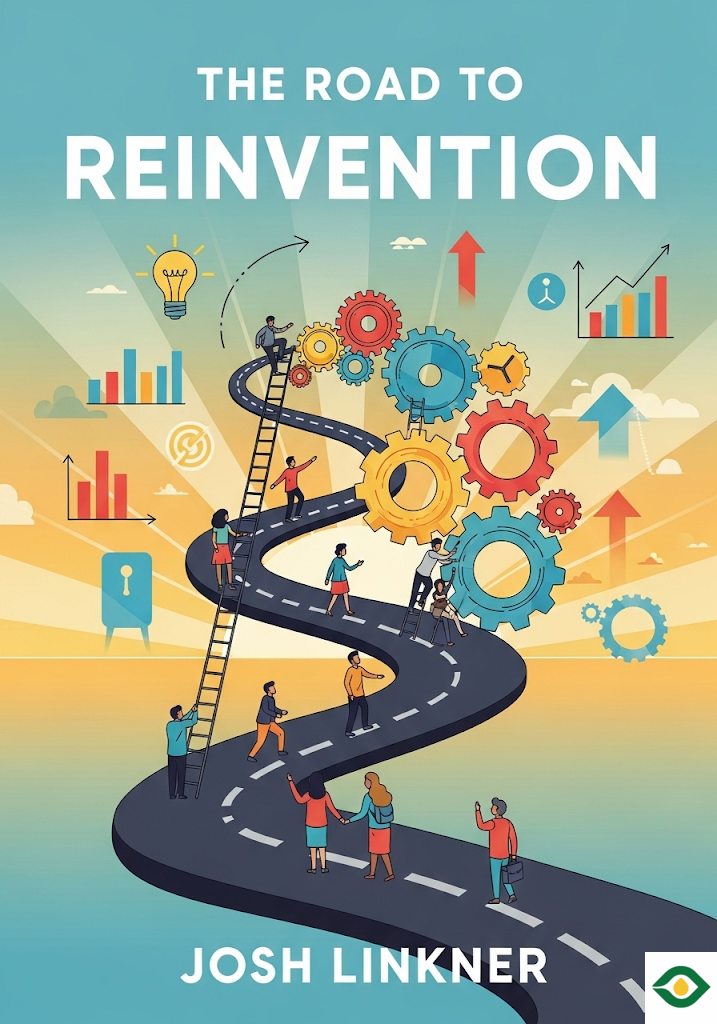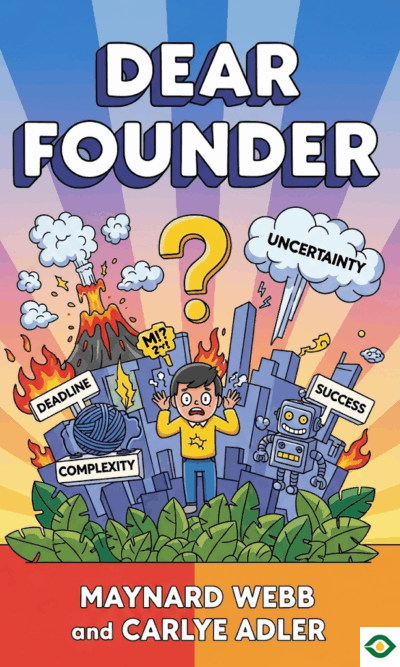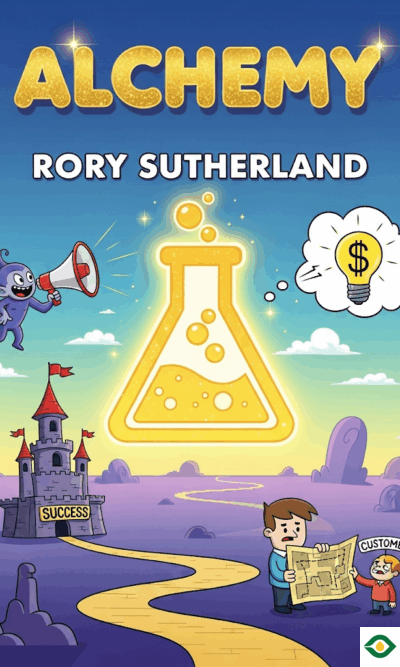Description
Success is often described as reaching the top of a mountain, but in reality, it is not a single climb. Success is more like an ongoing journey where the environment keeps shifting beneath your feet. If you stop moving forward, someone else will overtake you. That is why reinvention—constantly adapting and reshaping yourself, your business, and your ideas—is the true secret to lasting success.
In today’s world, change is constant. Technology evolves, customer needs shift, and markets transform at a dizzying pace. Businesses that cling to the past risk becoming irrelevant. The story of Borders bookstores is a reminder of this truth. Borders once had more than a thousand stores and billions in sales. Yet, the company failed to adapt to the rise of digital reading and online media. By ignoring the future, Borders sealed its own downfall. Reinvention is not optional—it is survival.
Nike provides the opposite story. In the 1960s, the company transformed athletic footwear and became a global brand. But Nike never stopped experimenting. From smart fitness wristbands to lightweight shoes built with new materials, Nike pushed the boundaries of what was possible. Because it kept reinventing, Nike maintained leadership, expanded its market, and saw revenues soar. Reinvention is what kept it relevant decade after decade.
But reinvention is not only about creating new products. Sometimes it is about rethinking your core business. Kodak learned this lesson the hard way. The company actually invented one of the first digital cameras. Yet, it refused to embrace the idea fully, fearing it would hurt its film sales. In protecting the old, Kodak ignored the new, and competitors took the lead. The company that once ruled photography nearly vanished. Reinvention requires courage—the courage to disrupt yourself before someone else does.
Looking at the business from the customer’s point of view is a powerful way to reinvent. The diving company SNUBA noticed that scuba diving was too expensive and too complex for many people. So they simplified the experience with surface-level tanks and long hoses, making the thrill of underwater exploration available to beginners. By understanding customer needs in a new way, SNUBA found a fresh path to success.
Reinvention is not always about what you do, but often about how you do it. Quicken Loans, for instance, offered the same product as its competitors—home loans. But by moving the process online, it made mortgages faster, easier, and more accessible. Later, the company even created a dedicated “mousetrap team” whose only job was to reinvent systems and processes. By constantly questioning how things could be done better, Quicken stayed ahead and grew into a giant in its field.
At the heart of every reinvention lies the customer. Companies can never forget why they exist: to serve people. Lululemon faced a crisis when its yoga pants were found to be see-through, creating embarrassment for customers. Instead of hiding the mistake, the company leaned into humor and empathy. They launched a playful campaign, promised “second-chance pants,” and reconnected with their audience. By telling a story customers could laugh with, they turned a failure into a stronger bond.
Sometimes reinvention means refreshing company culture. A culture that encourages risk-taking, empowers employees, and builds shared values can unlock energy that transforms a business. Apollo Tyres in India challenged its people with a bold revenue target and gave them freedom to take responsibility. The result was explosive growth. Rackspace, a cloud computing company, built its culture around “Fanatical Support,” reinforcing this value with rituals and recognition. Such cultural reinvention not only energizes employees but also strengthens the brand.
Reinvention can also mean redefining who your customers are. Harley Davidson once seemed doomed when cheap Japanese motorcycles cut deeply into its market share. Instead of competing on price, Harley reimagined its customers. They targeted wealthy professionals who wanted the image of freedom and rebellion. By raising prices instead of lowering them, Harley made itself a luxury brand and rebuilt its success. Similarly, GU Energy Labs thrived by focusing narrowly on endurance athletes, showing that sometimes targeting a small, specific group is the smartest move.
But reinvention does not apply only to companies. Individuals must also reinvent themselves. Passion often drives the most powerful transformations. Jim Jannard, the founder of Oakley sunglasses, followed his love for digital photography after selling his company. This led to the creation of the RED camera, which revolutionized filmmaking. Andre Agassi, once a world tennis champion, found himself lost and unhappy despite fame and wealth. By redefining his values around compassion and service, he found joy again, reclaimed his career, and built a lasting legacy through his foundation for education.
The lesson is clear: reinvention is not a one-time act but an ongoing mindset. Markets will change. Customers will change. Technology will change. To thrive, you must be willing to change too. That means questioning your products, your processes, your customers, your culture, and even yourself. Reinvention is uncomfortable, but it is also the only way to stay alive in a competitive world.
For businesses, this means looking beyond short-term wins and daring to disrupt your own success before others do. For individuals, it means aligning your work with your passion and values, so that reinvention becomes not just survival, but a path to meaning.
The Road to Reinvention reminds us that success is not a mountain you climb once and relax at the top. Success is a moving target, and only those who adapt continuously can keep moving forward. Reinvention is not just a strategy—it is a way of life.





